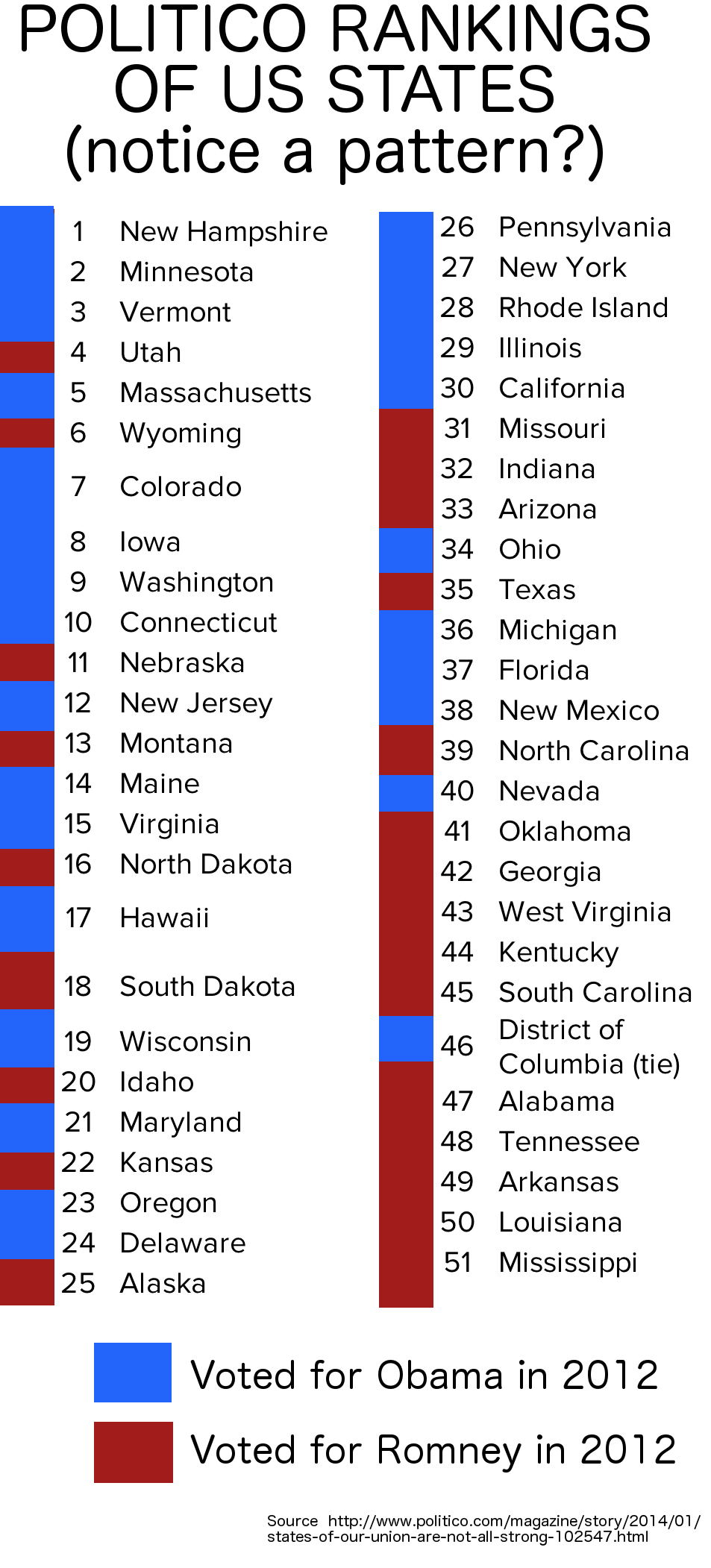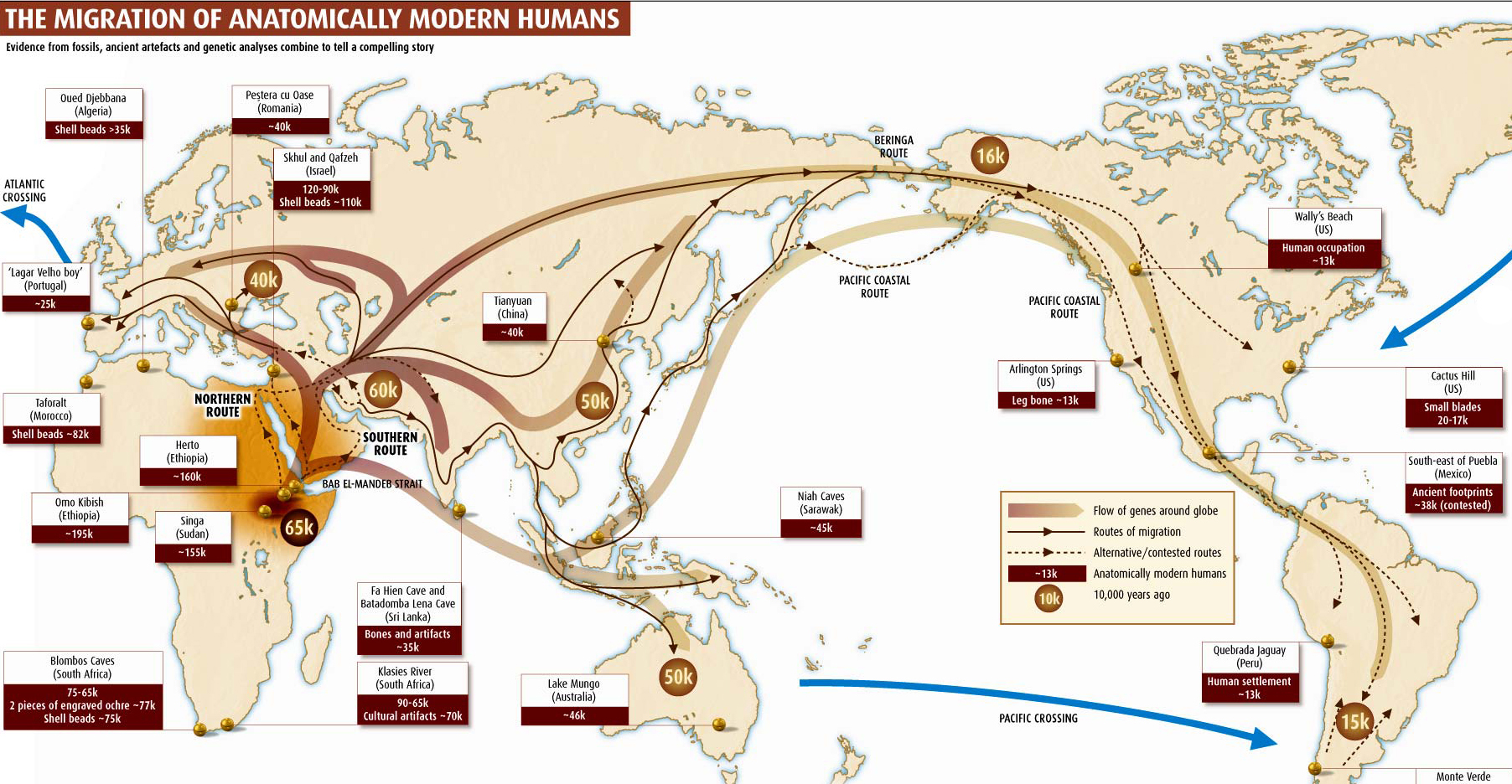Originally shared by Yonatan Zunger
Charlie Stross has a challenging and very interesting essay asking the question: Why should we work?
http://www.antipope.org/charlie/blog-static/2014/04/a-nation-of-slaves.html
We tend to talk around this issue a lot, but a key issue is this: as productivity (the amount of stuff of value we can create per hour of work) goes up, how much of that increase do we put in to increasing the amount of stuff of value we create, and how much do we put into decreasing the amount of work we do — or put another way, what’s the value of leisure?
Another way to look at this is to consider an extreme limit. Say that tomorrow, someone invented a couple of Magic Boxes. One of them lets you pour cheap raw materials (dirt, rocks) in one end, push a button, and anything you request, from a hamburger to a car, comes out the other end. Another one will answer any question you ask, organize anything you need organized, do research for you, synthesize the data, explain things to you, and so on. A third one will pick up any physical item and take it anywhere in the world you need to be. If it’s not obvious, these magic boxes are just the limits of technology we already have.
Now in this post-Magic Box world, a lot of good things happen. For one thing, magic boxes themselves are cheap, because they can be made by magic boxes. (Someone will try to ban that, of course, and this will work about as well as banning people from humming songs) It’s hard to go hungry when you can just dump dirt into your magic box and get a meal. Likewise, any clothing, shelter, and medicine you might need is just there, and another magic box can help you figure out which things will help you satisfy your needs. If you can afford the cheapest magic box, you can have the riches of Croesos.
On the other hand, you might notice that a huge fraction of all jobs in the world would cease to exist as well. Almost the entire manufacturing, service, logistics, or information sectors would cease to exist. Pretty much the only jobs remaining would be to come up with new designs to fit in to the magic boxes — and it’s not hard to imagine that magic boxes could do a lot of that, too.
If we kept running the world the way we do now — the way it would happen if someone literally invented these boxes tomorrow — then we would find ourselves in a very strange state. Having successfully pushed productivity to infinity, and eliminated all possible cause for want in the world, almost everyone in the world would be suddenly unemployed, unable to access a magic box, and would starve to death.
This is obviously stupid.
The flaw in this, of course, is that our tendency to tie work to access to resources makes no sense in a world where the total amount of actual work to be done is much less than the total number of people around to do it. In this post-Box world, there simply aren’t enough jobs for everyone.
That’s not a bad thing for the basic reason that Stross explains. Most jobs aren’t things you would want for their own sakes. Consider: If you suddenly inherited £100M, would you stay in your job? If you would — if you would do this job even if it had nothing to do with earning money — then your job is actually worth something to you in its own right, and you would probably keep doing it in a post-Box world. If, on the other hand, you would leave your job immediately, then your job has no value of its own to you: it exists only as a means to an end, and as soon as you have a better means, you’re out of there.
The reason this is important is that we’re already in the early days of the Magic Box Economy. When we see jobs disappearing around the world and not being replaced by new jobs — entire trade sectors vanishing — and the overall actual unemployment rate (not the rate of people looking for work, but the rate of people who aren’t working for pay at all) rising, but at the same time overall global productivity is increasing, what we’re seeing is that many of the jobs which used to be necessary for us as a species to survive are simply no longer needed.
However, our economy, and our thinking about the economy, continues to be based on the idea that jobs are good, and working is good, and if you aren’t trying to work harder, something must be wrong with you. Which means that, as people’s jobs become completely obsoleted, with no useful “retraining” available since the total number of jobs has permanently gone down, we conclude that these people must therefore be drains on our society, and cut them off from the magic box, even though a surprisingly small amount of money is (in our semi-Box economy) already enough to survive.
What I’ve talked about above is the problem — namely, how to manage the transition between a work-based economy and a magic box economy. There have been many solutions proposed to this, and I’m not going to go into all of them now. (For the record, I suspect that the “universal basic income” approach is probably the simplest and best solution, although my mind is by no means made up)
But it’s come time to start thinking about this: As our wealth goes to infinity, how do we avoid starving to death?




